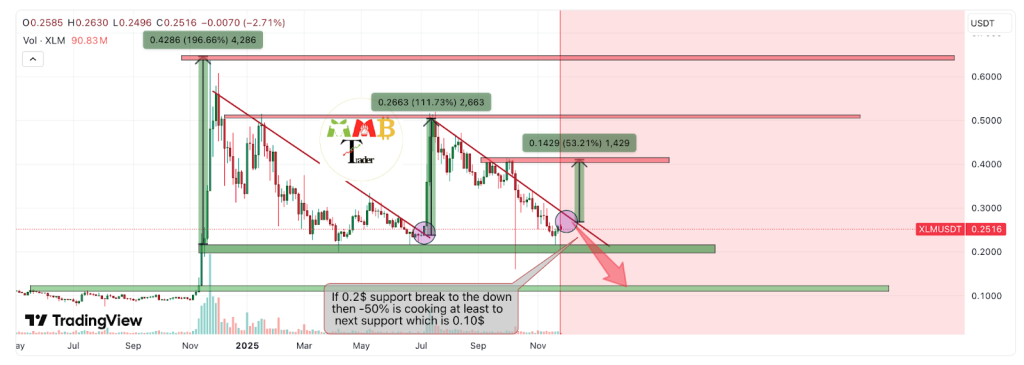Nvidia's AI Dominance Faces Geopolitical Crossroads
- Nvidia's Q2 2025 revenue surged 56% to $46.74B, driven by AI chip demand from cloud providers like Meta and Microsoft. - Geopolitical tensions led to a U.S.-China agreement: Nvidia pays 15% of China sales for export licenses, halting H20 chip shipments there. - Chinese rivals like Cambricon saw 4,000% revenue growth, signaling rising demand for domestic AI chips amid U.S. restrictions. - Nvidia forecasts $54B Q3 revenue, but U.S.-China tensions risk margins and market access, impacting global AI sector d
Nvidia reported a 56% increase in revenue for the second quarter of 2025, reaching $46.74 billion, surpassing expectations of $46.06 billion. This growth was driven by strong demand for its artificial intelligence (AI) chips from cloud providers expanding their infrastructure to support generative AI technology. Despite the absence of sales to China for its H20 chips, the company maintained a significant presence in the AI market, with half of its $41 billion in data center revenue coming from large cloud service providers in the fiscal second quarter. This underscores the robust adoption of AI technology by major tech firms such as Meta and Microsoft , who continue to invest heavily in their AI capabilities [4].
The geopolitical landscape has complicated Nvidia’s business in China, particularly due to the ongoing trade tensions between the U.S. and China. The company recently entered into an agreement with the Trump administration to pay the U.S. government 15% of its sales in China in exchange for export licenses, a move that has been met with both support and criticism. As a result, Beijing has advised domestic companies to limit purchases of U.S.-made chips, citing security concerns. Consequently, Nvidia has halted production of its H20 chips for the Chinese market and is reportedly developing a new and more powerful chip for that region [4].
Nvidia’s third-quarter revenue forecast is expected to exceed Wall Street estimates, with the company projecting $54 billion in revenue, plus or minus 2%, compared to an average estimate of $53.14 billion. The forecast does not assume any H20 chip sales to China, highlighting the uncertainty surrounding the company's access to the Chinese market. Analysts suggest that the geopolitical tensions could impact Nvidia’s gross margins, with some estimating a potential hit of 5 to 15 percentage points due to the deal with the U.S. government [5].
In response to the restrictions on U.S. chip sales, Chinese semiconductor firms are stepping up their efforts to provide alternatives to American technology. Cambricon, a leading Chinese AI chipmaker, reported record profits for the first half of 2025, with revenue surging over 4,000% year-on-year to 2.88 billion yuan ($402.7 million) and net profit reaching 1.04 billion yuan. While these figures remain significantly lower than Nvidia’s $44 billion revenue in the same period, they indicate a growing demand for domestically produced AI chips in China. This trend is driven by the desire to reduce reliance on foreign technology and to ensure continued access to essential AI components [6].
Nvidia's continued dominance in the AI chip market has been a major factor in the performance of the broader technology sector. The company's stock has gained over 35,000% over the past decade, far outpacing the S&P 500's 3,422% gain. Analysts from Goldman Sachs and Wedbush have highlighted Nvidia's product leadership, diversified customer base, and attractive valuation as key drivers of its future growth. However, the company’s exposure to geopolitical risks, particularly in China, remains a significant concern for investors and analysts alike [1].
The AI-driven technology boom has positioned Nvidia as a bellwether for the sector, with its performance influencing global market sentiment. As the company prepares to report its third-quarter earnings, the outcome will be closely watched by investors and market participants, particularly in light of the geopolitical uncertainties affecting its business in China. The resolution of these issues will likely play a crucial role in determining the trajectory of Nvidia’s growth and the broader AI market in the coming quarters [4].
Source: [1] If You'd Invested $100 in Nvidia Stock 25 Years Ago ... [2] European stocks mixed as traders gear up for Nvidia ... [3] China Nvidia rival Cambricon adds to $40 billion rally ... [4] Nvidia forecasts higher revenue as China clouds future [5] Nvidia results to spotlight fallout of China-US trade war [6] Nvidia stock soared 35000% over the past decade
Disclaimer: The content of this article solely reflects the author's opinion and does not represent the platform in any capacity. This article is not intended to serve as a reference for making investment decisions.
You may also like
Do Kwon Wants Lighter Sentence After Admitting Guilt

Bitwise Expert Sees Best Risk-Reward Since COVID

Stellar (XLM) Price Prediction: Can Bulls Push Toward $0.30 in December?

21Shares XRP ETF Set to Launch on 1 December as ETF Demand Surges